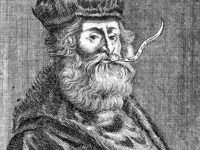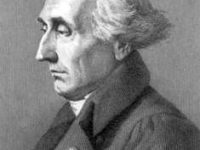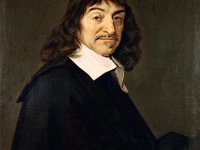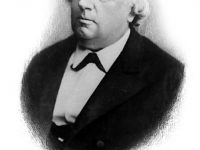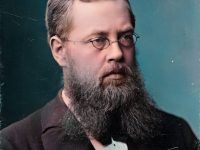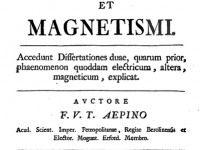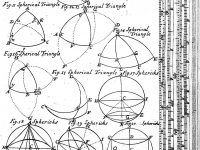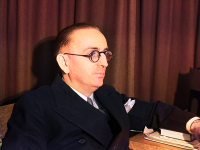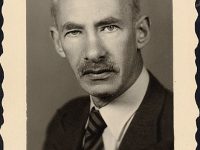Ramon Llull and the Tree of Knowledge
Probably in 1232, philosopher, logician, Franciscan tertiary and Catalan writer Ramon Llull (Anglicised Raymond Lully, Raymond Lull; in Latin Raimundus or Raymundus Lullus or Lullius) was born. He is credited with writing the first major work of Catalan literature Recently surfaced manuscripts show his work to have predated by several centuries prominent work on elections theory. He is also considered a pioneer of computation theory, especially given his influence on Leibniz.[2] “For…
Read more

